New Artist Member: Azucena Losana
Posted April 8th, 2022 in Announcements, New Acquisitions, New Digital Files, New Films, News / Events

Canyon Cinema is thrilled to welcome Azucena Losana to the collection!
Azucena Losana (b. Mexico City, 1977) lives and works in Mexico City and Buenos Aires. Her work in experimental film, installation, and video has been presented at the Mar del Plata International Film Festival, BAFICI, (S8) Mostra de Cinema Periferico, La Coruña, España, Kurzfilmtage in Oberhausen Germany, Los Angeles Filmforum’s film series Ism, Ism, Ism: Experimental Cinema in Latin America, The Age d’Or Festival in Brussels, VIDEOEX in Zurich, Curta8 in Curitiba Brazil, PAF animation festival in Olomuc, Czech Republic, MEXPARIS MENTAL in France, the International Experimental Film Festival of Moscow MIEFF, the Week of the Experimental Film of La Plata – Argentina, UNCIPAR, among others.
14 of Losana’s films are now available for rent from Canyon, including:

Tigre del Carbón (2022, 5 minutes, color, sound, digital file)
Tigre del Carbón is an imaginary place on the map of affections, where hawthorn, orange and plum trees coexist. An island and a valley which climbs stairs of all ages.
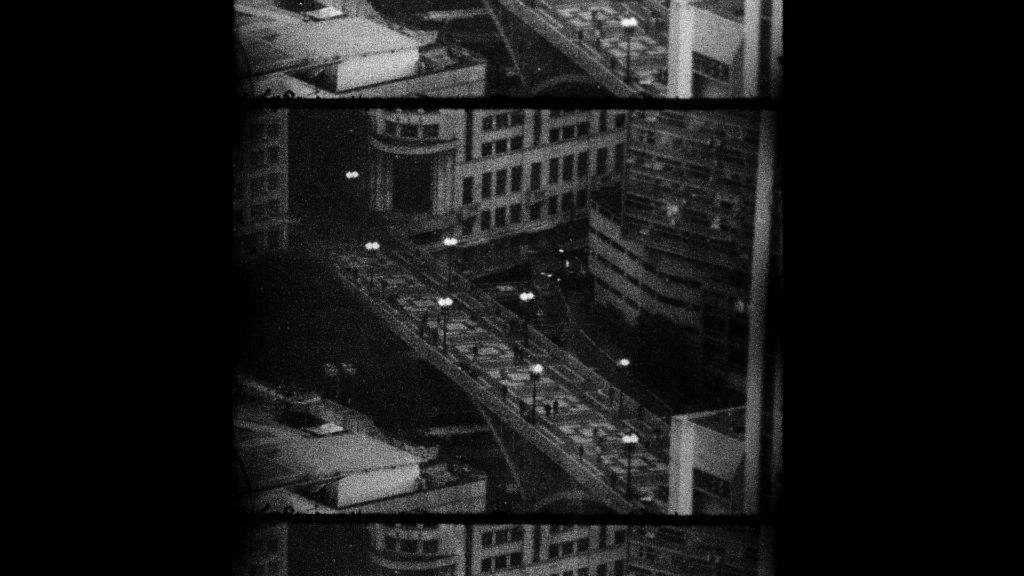
Feriado (2021, 2 minutes, b&w, sound, digital file)
The electromagnetic landscapes of Sao Paulo and Rio de Janeiro go on an irregular basis and it is possible to see what’s outside the frame. This image hacking its connected to the poem “E se Jesus fosse preto” (And if Jesus was black) from the brazilian poet Bruno Negrao, who proposes a new way to imagine some of our ingrained beliefs.
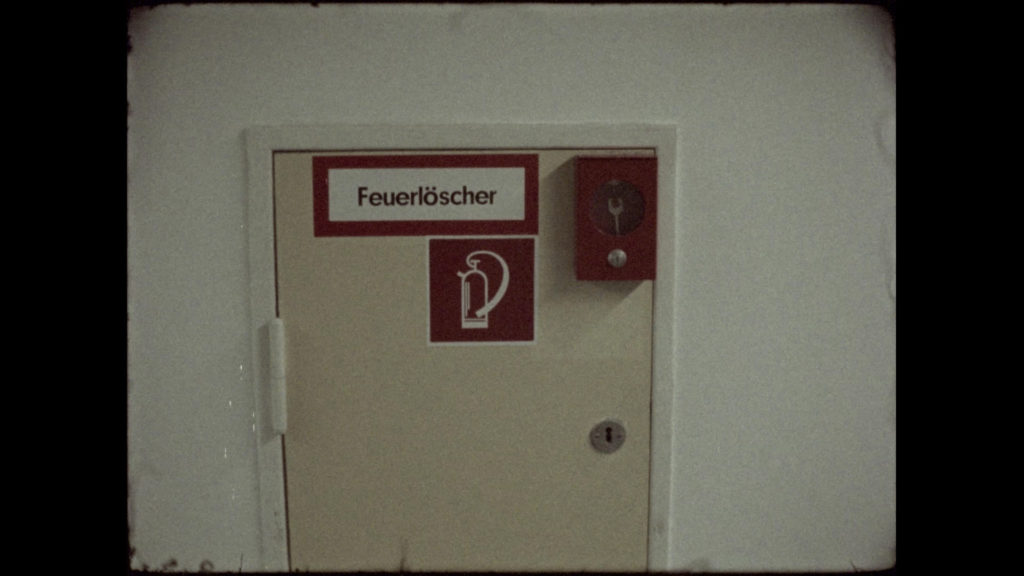
Corbusierhaus (2020, 3 minutes, color, silent, digital file)
In 1958, Le Corbusier designed the Corbusierhaus in Berlin. A housing unit surrounded with green areas with capacity for 2,000 people. This is a study of the color and movement in the building’s common areas. Almost dotting exercise, hyperkinetic but also hyperalert -doors, hallways, murals, numbers, locks, its exterior and emergency spaces. Everything that could have been ignored is instead revitalized at a pace that leaves the museum trail behind in order to focus on the day-by-day, in the ignored vigor of the simple everyday space. And here appears happy formalism, charmed by the corners (of the buildings and of Le Corbusier’s own work), that wants to share that same joy and that same demystification.
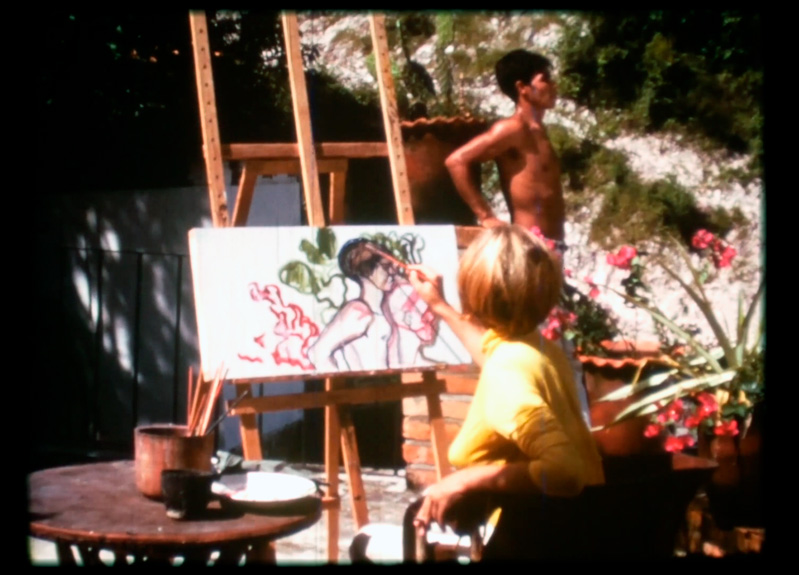
La cuarta plantación (2020, 12.5 minutes, color, sound, digital file)
During the enhancement of the audiovisual heritage of the Embassy of Mexico in Argentina we found tourist promotion material in different media. I chose some 16mm film titles published between 1968 and 1972. At that time, the National Tourism Office commissioned and distributed these short films that emphasized modernity and comfort in contrast to the exotic and almost pristine nature of our tourist destinations. This new wave of mass tourism to underdeveloped countries, which would become one of the main sources of income for Mexico and the Caribbean, was what the Cuban historian Manuel Moreno Fraginals called: The fourth plantation, alluding to economic practices of monoculture and neocolonization. This is a compilation of the most interesting moments to review the speeches of that time.
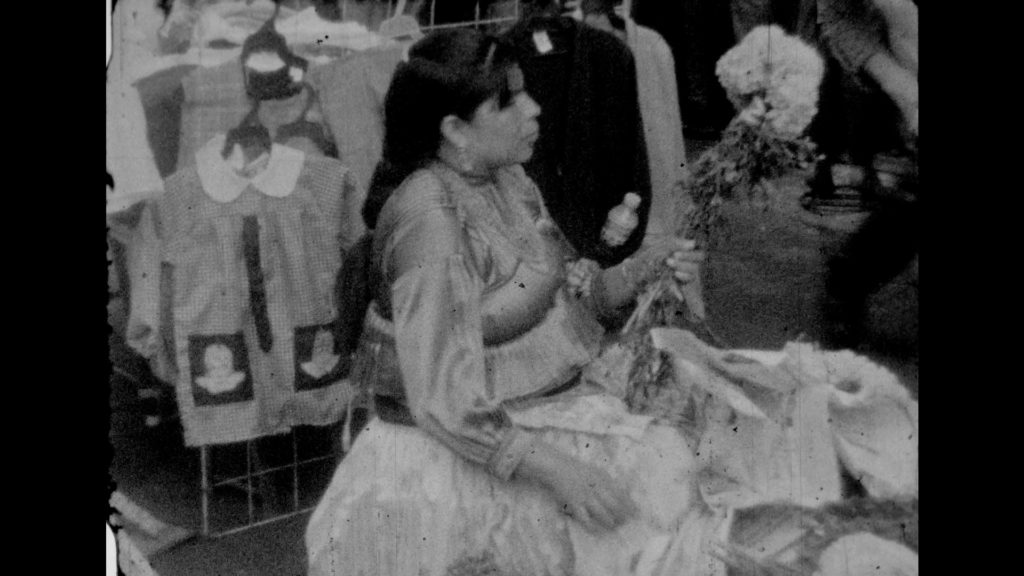
Tres bocetos de casa (2020, 5 minutes, color, sound, digital file)
This is a series of studies filmed in 8 and 16mm about how self-exile develops a familiar and foreign perception about home.
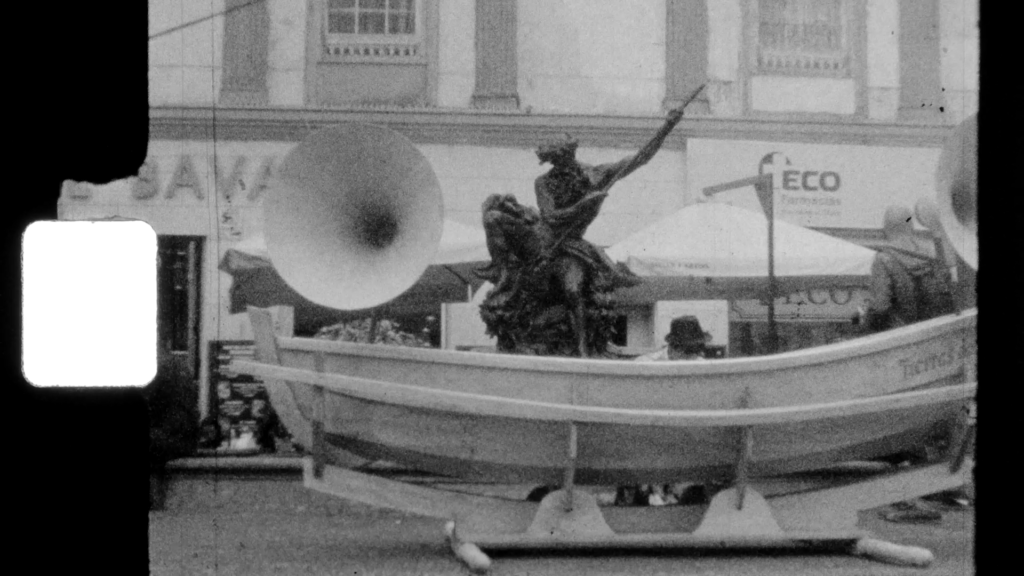
Lands of the Sea/Tierras del Mar (Azucena Losana, 2019, 6 minutes, b&w, sound, digital file)
Leonel Vasquez built along with the carpenters and fishermen on the coast of Valparaiso, Chile, a boat/sound installation following the almost extinct tradition of the craft wooden boats that are still sailing these waters. Through the wooden speakers on board it is possible to listen to the voices of artisan fishermen narrating in first person the problems that they face every day to survive before the bureaucracy and industrial fishing.
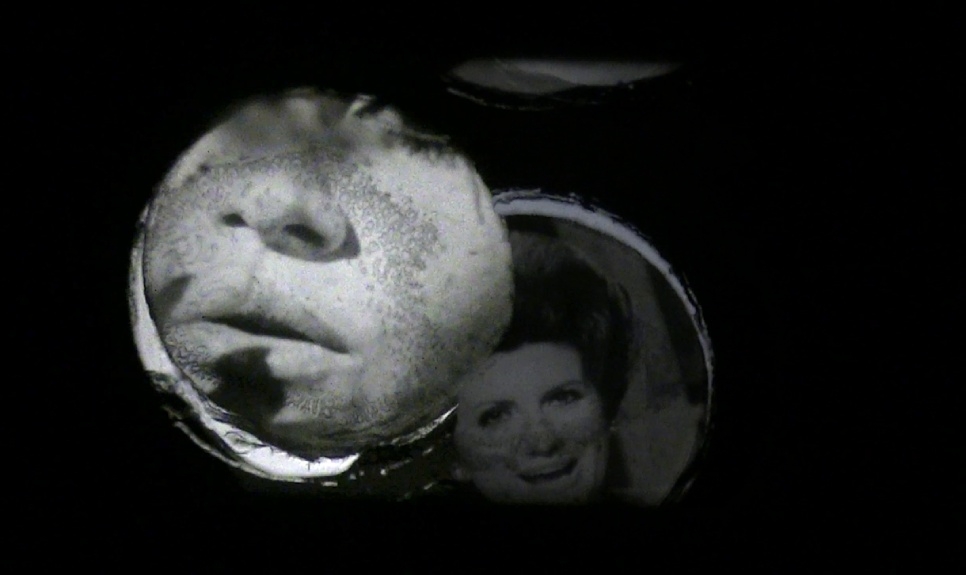
Troco (2019, 11.5 minutes, color, sound, digital file)
Film support as a plastic source is an investigation that in this performance proposes the formal study of perforation and the human face as a representation, as a color chart configuration and as a target of electronic detectors.
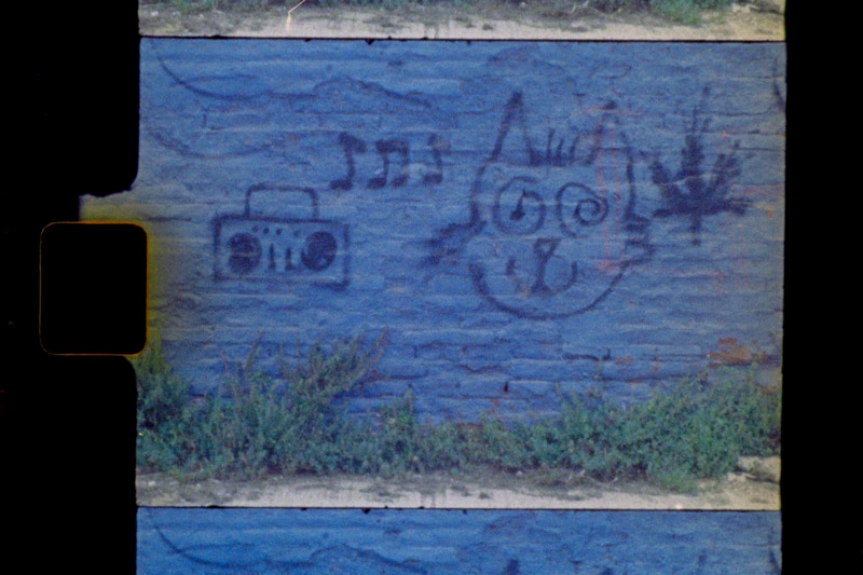
Siesta (2018, 3 minutes, color, sound, digital file)
In the afternoon in Valparaíso, between 3 and 5 pm, all the hills remain almost motionless.
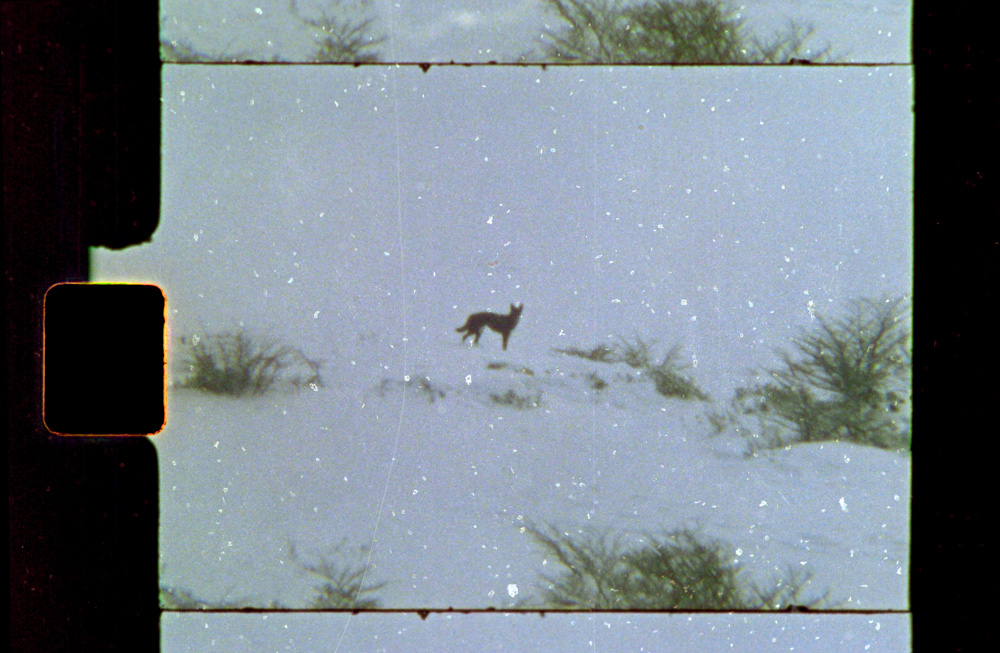
Valle De Lobos (2018, 3 minutes, color, sound, digital fiel)
In the winter, the Valley of Wolves, the southern most of America, becomes a uniform white surface. The Emerald Lagoon freezes and becomes invisible. It is possible to follow some signs, but the infallible technique is to follow our local guide.
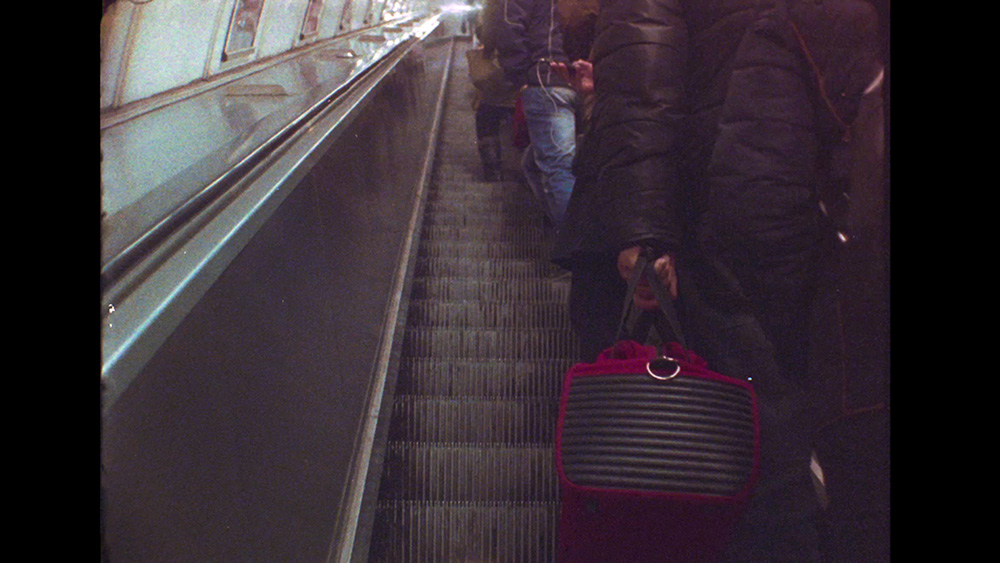
At Your Heels (2017, 2.5 minutes, color, sound, digital file)
A recurring dream where I keep on following his traces, always at his heels.

Karl-Marx-Allee (2015, 4 minutes, b&w, sound, digital file)
Overlapping of the monumental structures of communist East Berlin architecture.
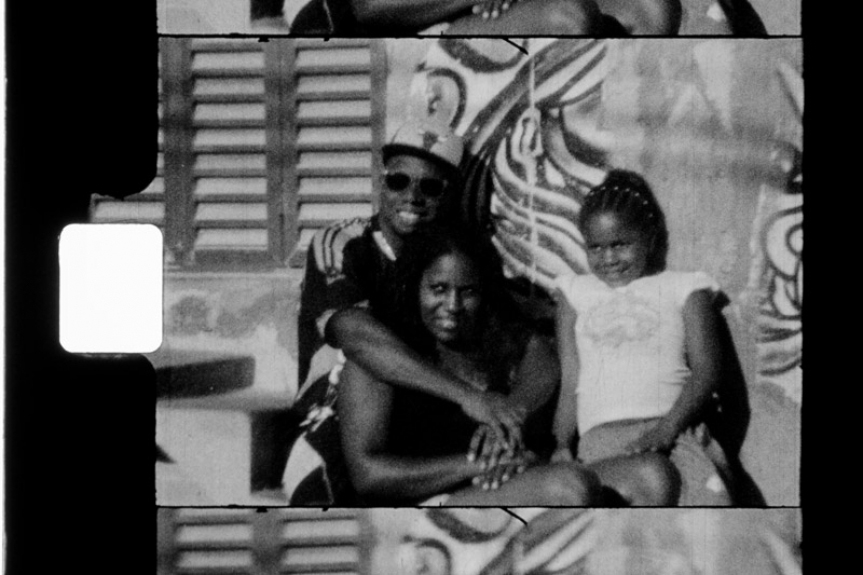
SP (2015, 3 minutes, b&w, sound, digital file)
The biggest, most populated and dizziest city in Southamerica… While Cariocas are like tropical birds, Paolistas are like frenetic ants… Distances are greater and they’re always in a hurry. Always travelling between point A and B. A busy journey through a beautiful brazilian beast that can’t help moving on irregular beats.
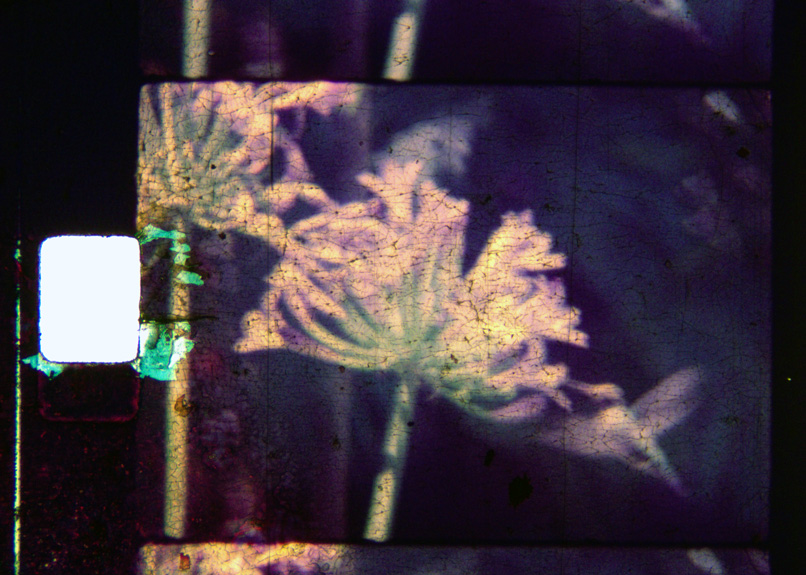
colibrí (2013, 7 minutes, color, sound, digital file)
For this performance a live audio equalization occurs. The levels of sound are altered to emulate the flutter of a hummingbird from a found, silent film. The sound is provoked by contact microphones attached to the projector running the film at a speed of 5 frames-per-second to show the degradation of the celluloid in detail.
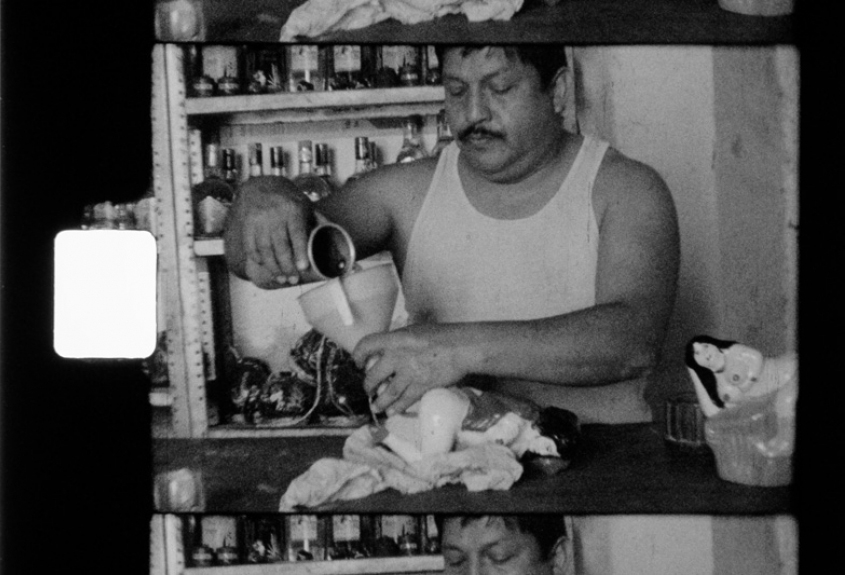
El Guaraches (2013, 3.5 minutes, b&w, sound, digital file)
“El guaraches” (leather sandals) is the nickname of the owner of this traditional mezcalería and handmade-sandal shop in Cuicatlán, Oaxaca, Mexico. From his collection of handcrafted mezcal bottles made by Oaxacan families, we chose two of the “Porn” collection to go…


